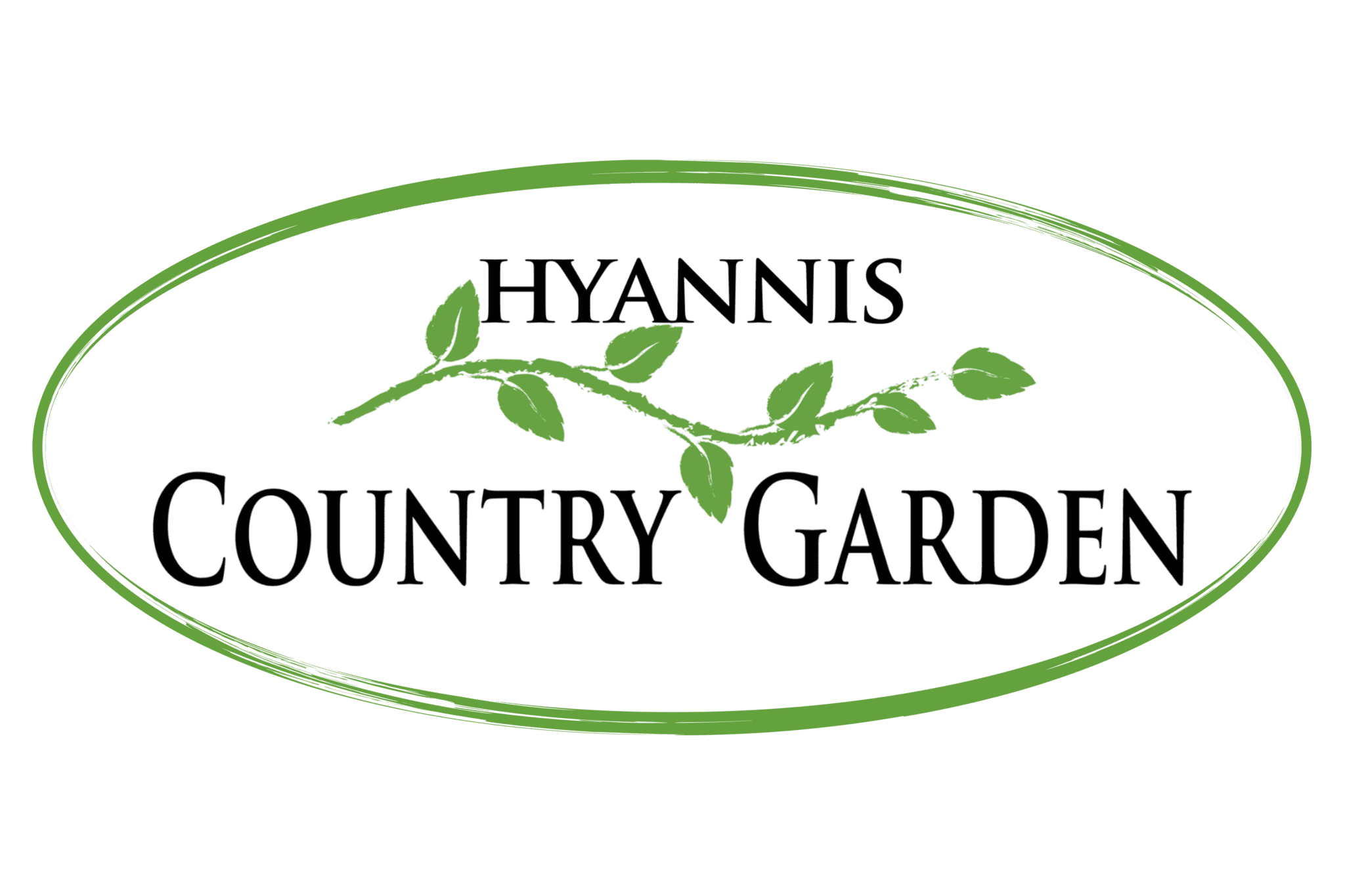Early June FAQ
Early June FAQ
“Is it too late to plant annuals and vegetables?”
On Cape Cod you can plant everything all summer, and any annual or vegetable put in the ground in June will grow very quickly. In fact, there have been a couple of summers when I didn’t get vegetables into the ground until the Fourth of July, and by the end of July they were just as large and productive as if I’d planted them in June. So go right ahead and continue planting from now into the height of the summer.
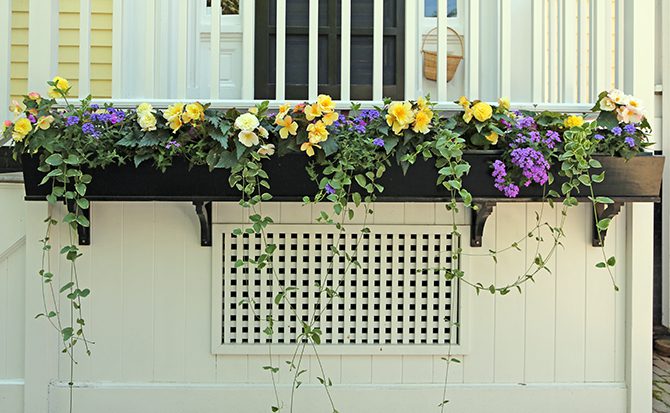
Shrubs and trees can be planted through the summer as well. Just be sure that the area all around them is watered deeply once a week in hot, dry weather. Soaking the soil around a new plant ensures that the roots will grow into that area; if you only water at the base of the plant to moisten the root ball, the plant won’t spread roots into the dry soil surrounding it.
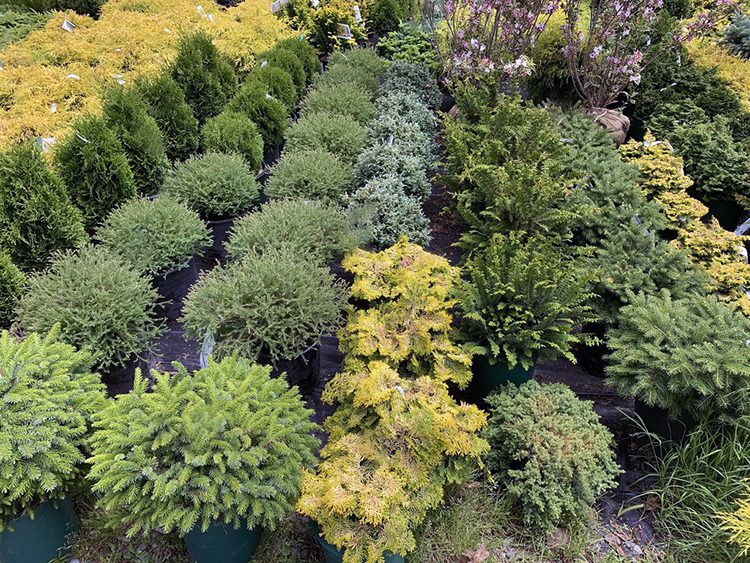
“Are those insect eggs in the pots?”
Our customers occasionally ask if those round balls they see in the plants they’ve bought are insect or slug eggs. In fact, these are just time-release fertilizers, and they can be tan, green, or gray. Sometimes the round balls appear translucent after the nutrients have drained out, making them look even more egg-like! But not to worry…these are just a convenient product for fertilizing plants over a period of two to four months.
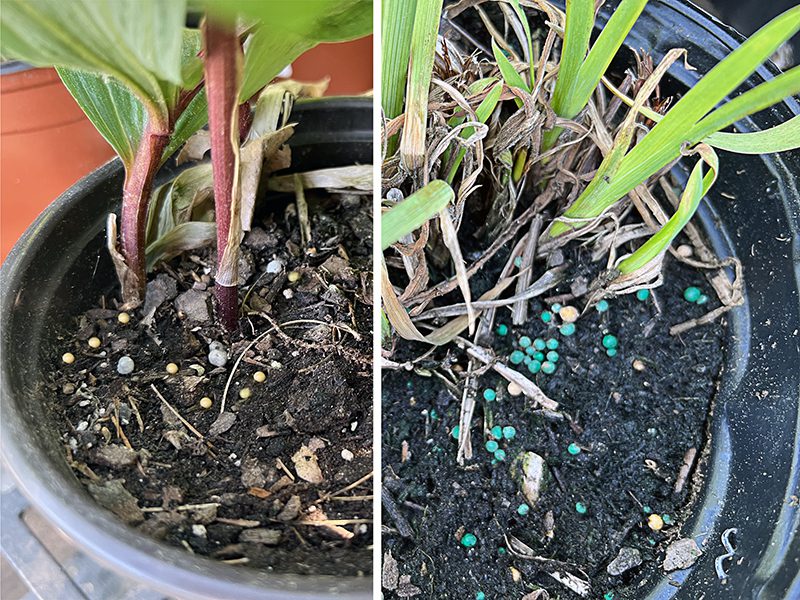
“I love the easy shrub roses, but I need something smaller…”
Shrub roses, also called landscape roses, are known for repeat flowering and disease resistance. Fortunately, they come in a variety of sizes, so that there is the perfect plant for every sunny garden. When a plant can grow up to five feet tall and wide, the Knockout or the taller in the Oso Easy series are perfect, but if you need smaller shrubs, look for the Drift or Flower Carpet Roses. Oso Easy varieties such as Petite Pink, Hot Paprika, Fragrant Spreader and Ringo All Star are also shorter growing plants.
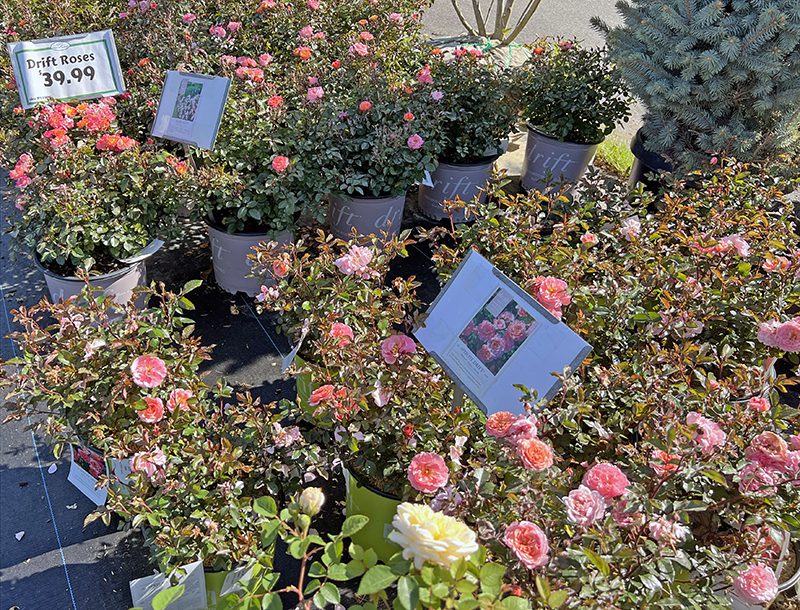
“Is this poison ivy? It has leaves-of-three…”
Most people have heard the saying, “Leaves of three, let it be,” which is an easy way to remember that poison ivy has three leaves that are attached together. Unfortunately, many other plants in our Cape Cod landscapes also have sets of three leaves. Most of the brambles, such as the wild blackberries and other pants in the genus Rubus, have three leaves and the birds plant these in our gardens and around our shrubs and trees. It’s easy to tell the difference between these brambles and poison ivy, however, because the blackberries and other brambles have jagged edges on their leaves, while the poison ivy leaf margins are smooth. See the photos below:
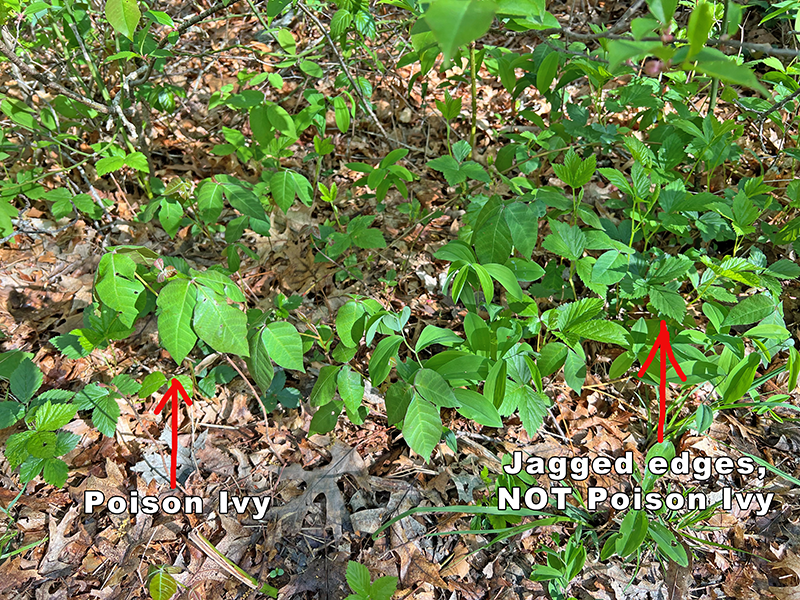
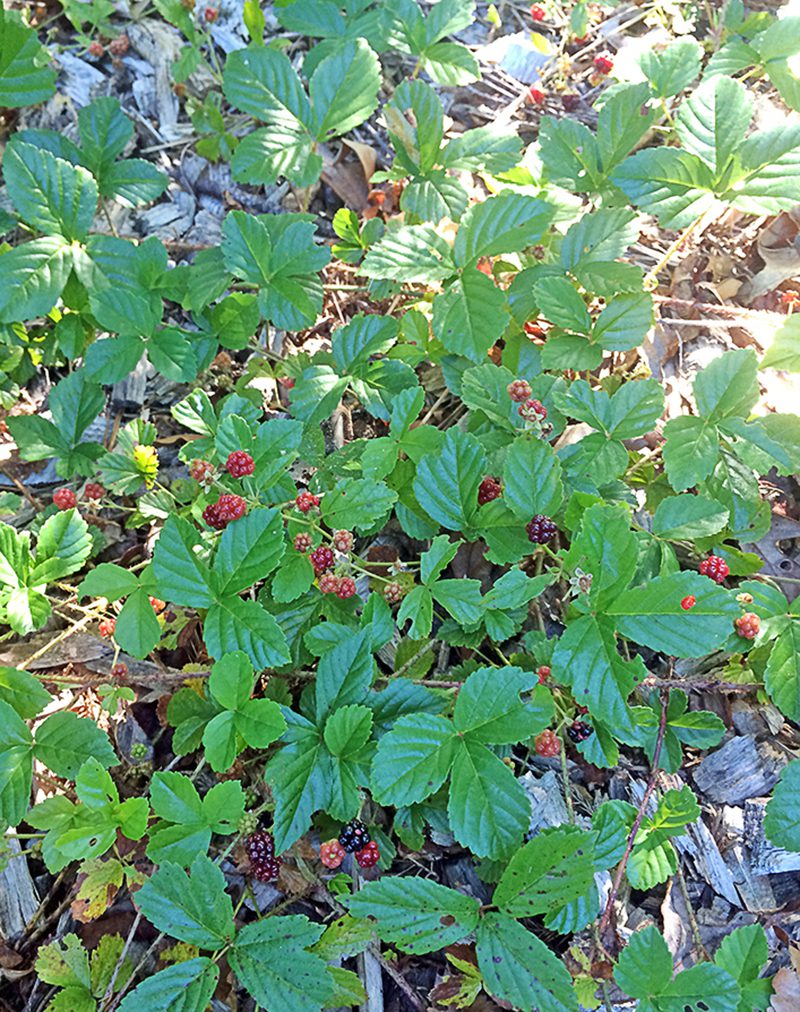

“The blue hydrangeas in the nursery are actually pink…”
Some of the Hydrangeas that come in from our growers are grown in soils with a neutral pH. When certain Hydrangeas are grown in neutral or alkaline soils, the flowers turn pink. When such plants are placed in our naturally acidic Cape Cod soils, the flowers will be blue. If you want to hasten this process for a new plant, you can use aluminum sulfate after you put the shrub in the ground and water it, just be sure to mix it in water at the rate recommended on the package. Too much aluminum sulfate can harm your new plants. Also, know that the change in flower color doesn’t happen instantly; whether you’re trying to turn your flowers blue or pink, patience is necessary.
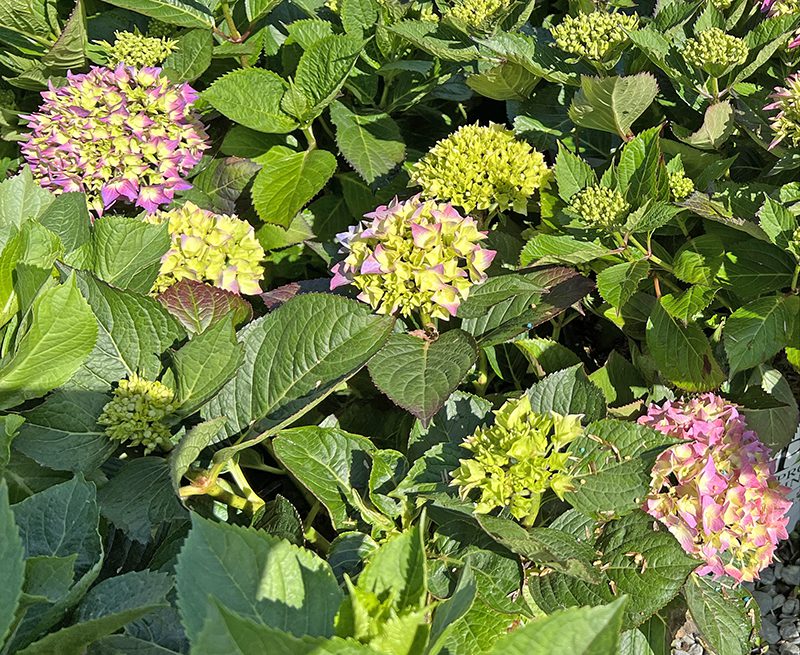
For answers to the most frequently asked questions about Hydrangea flower color, click here.

If you have a question about what’s going on in your yard or garden, come into the store so we can help you. For questions about identification or problems on plants, bring photos on your phone, or samples that are in a sealed plastic bag. Hint: take photos on a cloudy day so that there are no harsh shadows that make seeing details in a photo difficult.
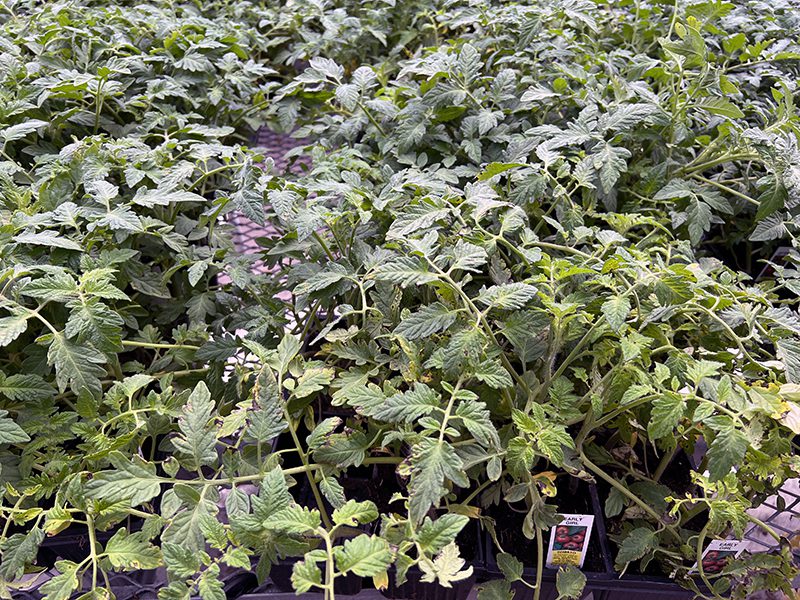
Subscribe To Our Newsletter
Sign up for our weekly email about sales and events.
